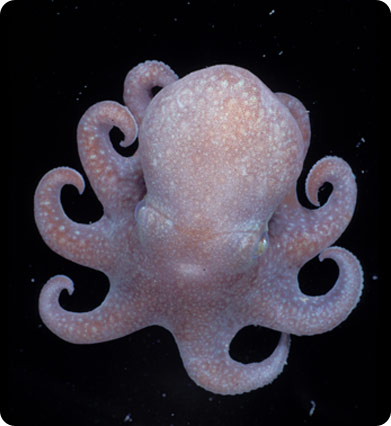An octopus that lives in the waters around Antarctica is like the elderly aunt who never left home. It stayed put while its relatives went out to see the world. More than 30 million years ago, those relatives went deep. And about 15 million years ago, they cruised northward on a highway of dense, salty water.
 Megaleledone setebos, a relative of the ancestral octopus. Credit: Martin Rauschert
Megaleledone setebos, a relative of the ancestral octopus. Credit: Martin RauschertMany species of octopus inhabit the deep oceans of the world. In many ways, they’re quite diverse. But in one key way, they’re all alike: they share a common ancestor. The modern octopus that most closely resembles it is Megaleledone setebos -- the one that never left home.
Marine biologists discovered the common ancestry last year as part of a project to take a complete census of ocean life. A biologist from Cambridge University in England studied Megaleledone’s DNA. She found that it shared ancestry with all the known species of octopus that inhabit the deep oceans.
The species began diverging about 33 million years ago, as the Antarctic got colder. As more ice formed atop the ocean, the water below it got saltier and denser. It was also rich in oxygen.
Some octopuses descended into this environment. Millions of years later, they moved outward on currents that circulated around the globe. These travelers found many new homes, and they adapted to survive in their new environments. The most obvious change is that many lost their ink sacs, because they don’t need ink to conceal themselves in the dark ocean depths -- a long way from their ancestral home.

